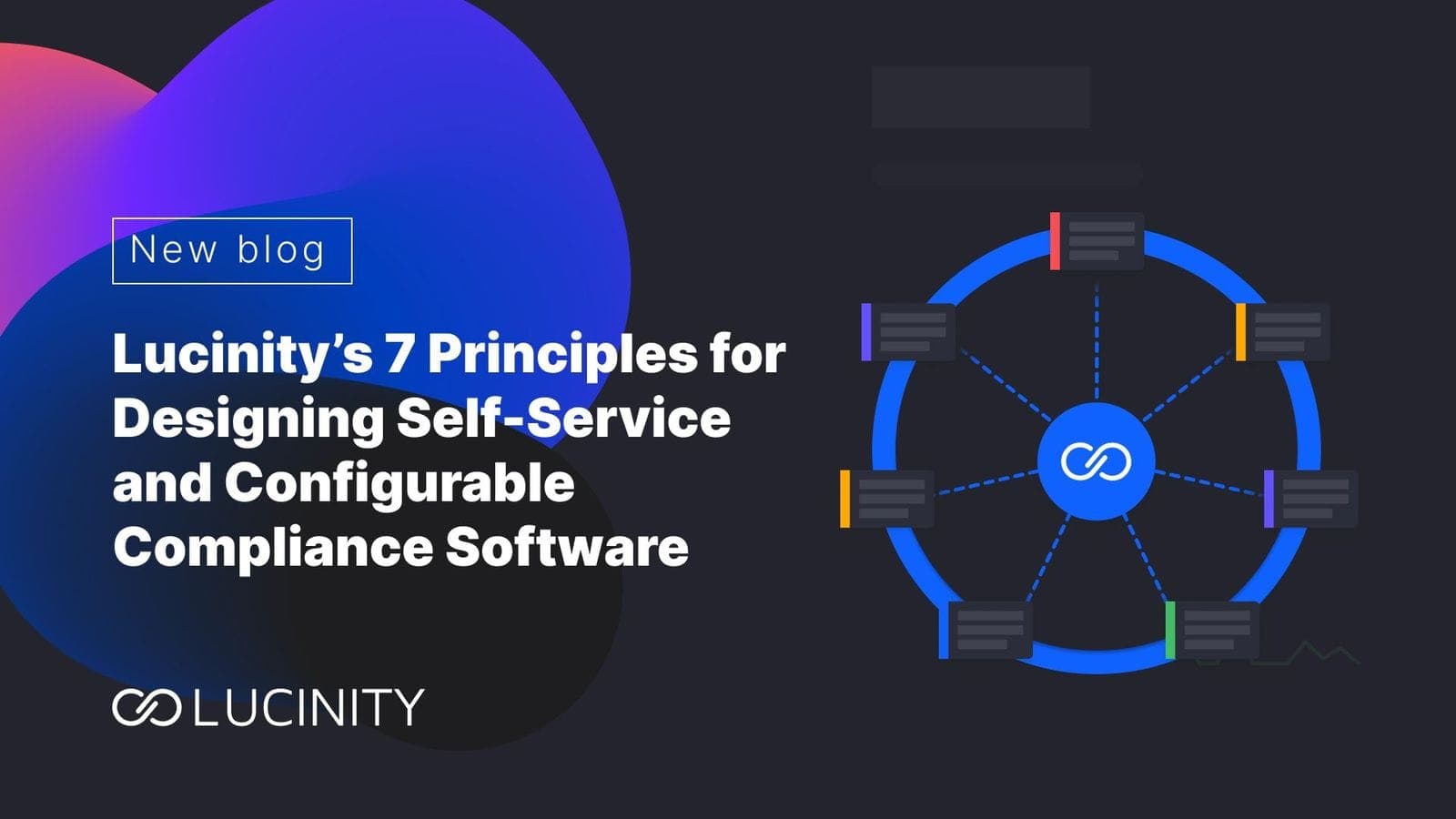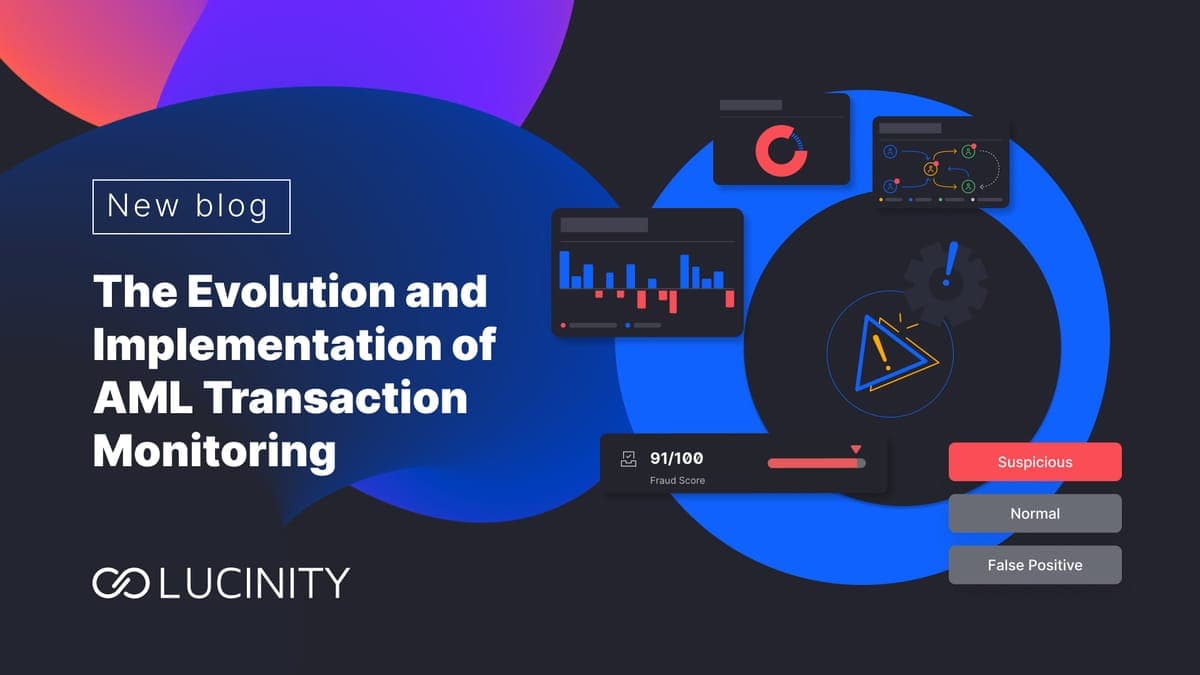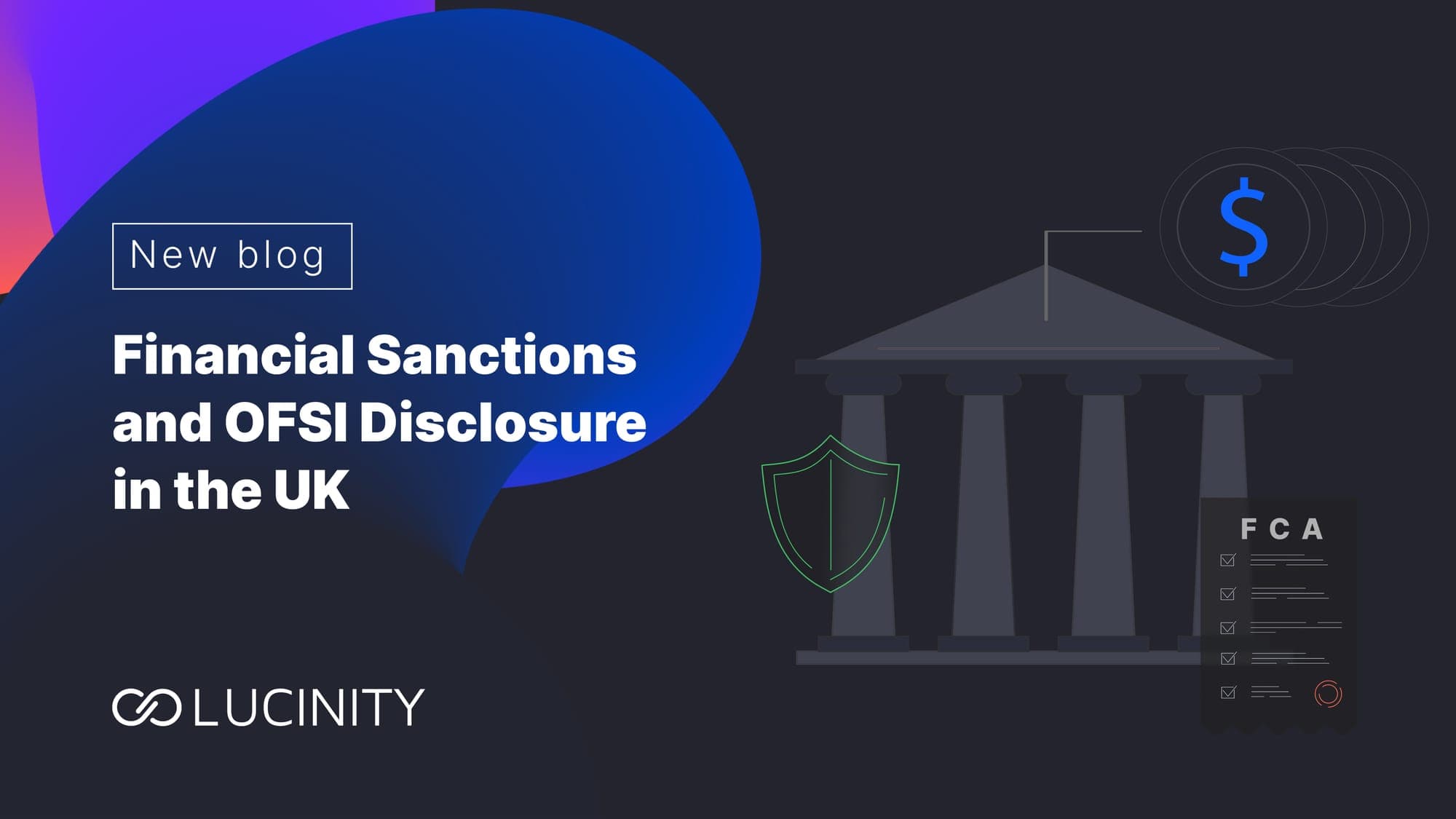Public-Private Partnerships (PPPs): Bridging the Intelligence Gap in FinCrime Investigations
Explore the crucial role of public-private partnerships in financial crime prevention. Understand their advantages, challenges, and global impact through real-world examples.
Public-private partnerships (PPPs) represent a strategic collaboration between public authorities and private sectors, combining their unique strengths to tackle financial crimes more effectively.
In this blog, our focus will be on exploring the benefits and challenges associated with these partnerships. We will also examine various global examples to understand how these collaborations contribute to strengthening financial security measures.
What are Public Private Partnerships (PPPs)
Public-Private Partnerships (PPPs) are tactical collaborations between entities in the private sector and government bodies, like law enforcement and regulatory agencies. Their purpose is to augment financial crime intelligence and analysis through a seamless exchange of vital information.
In the context of financial crime, these partnerships symbolize joint endeavors among government entities, regulatory organizations, law enforcement, and private sector actors, primarily financial institutions. Their objective is to tackle financial crimes such as money laundering, terrorism financing, and fraud.
Aiming to bridge intelligence gaps in FinCrime prevention, public-private partnerships in financial crime prevention facilitate a sharing network of information and best practices among varied stakeholders. Each participant in this setup contributes an essential component to the collective understanding.
For instance, banks hold crucial data about financial transactions, law enforcement possesses insights into criminal activities, and civil societies offer whistleblower insights and ground-level intelligence. By integrating these varied information streams, PPPs deliver a more comprehensive view of criminal syndicates, their methodologies, and their manipulation of the financial system.
Types of Public-Private Partnerships in Combating Financial Crime
Public-private partnerships in financial crime prevention take various forms, each tailored to harness the distinct advantages and expertise of participants from both the public and private sectors. Such alliances play a pivotal role in filling intelligence gaps in the battle against crimes like money laundering, fraud, and terrorism financing. Here are the most prominent PPP types:
- Formal Partnerships- These include well-structured groups with participants from law enforcement, the private sector (regulated firms), and sometimes civil society. Some examples are:
- UK Joint Money Laundering Intelligence Taskforce (JMLIT): Aims at the strategic and tactical exchange of financial crime intelligence.
- US FinCEN Exchange: Established under the USA Patriot Act, this partnership focuses on sharing case-related information and developing financial crime typologies.
- Australian Fintel Alliance: Known for developing innovative solutions like a unique algorithm to protect the privacy of source data while detecting crimes.
- Informal Partnerships- These emerge in nations where state corruption is prevalent or the relationship between law enforcement and the government is less autonomous. In Kenya, for instance, unofficial collectives collaborate to exchange intelligence, owing to corruption sensitivities.
- Sector-Specific Partnerships- These are partnerships formed within sectors with a common purpose pertaining to the respective sector. An example is the U.S. DOJ Overseas Prosecutorial Development, Assistance, and Training (OPDAT) FinTech Sector Partnership. This partnership focuses on how FinTech products can be leveraged to combat money laundering and terrorism financing, fostering a sustainable and ongoing communication platform between government entities and the FinTech private sector.
- Transnational Information Sharing Partnerships- These public-private partnerships in financial crime prevention bring together public and private actors from around the world and may focus on specific themes or organized crime types. Examples include United for Wildlife’s Illegal Wildlife Trade Financial Taskforce and the Global Coalition to Fight Financial Crime.
- Diverse Partnership Models- In addition to the models mentioned above, partnerships focusing on developing typologies and a better-shared understanding of risk are effective in countries with different legal systems and cultural contexts. Examples include partnerships in various regions that emphasize the local nuances of financial crime, adapting their strategies to the specific challenges faced in those areas.
These multifarious PPP models underscore the adaptability and versatility of collaborative methods in globally combating financial crime. By leveraging the strengths of both sectors, these partnerships bolster the effectiveness of financial crime prevention measures, customize solutions to specific challenges, and promote a more thorough, proactive strategy in tackling financial crime.
Examples of Public-Private Partnerships Combating Financial Crime
Public-private partnerships (PPPs) have been instrumental in addressing various aspects of financial crime. Here are some notable examples demonstrating their impact and scope:
1. UK Joint Money Laundering Intelligence Taskforce (JMLIT)- Established to facilitate information sharing between the UK's financial sector and law enforcement. JMLIT has been pivotal in uncovering complex money laundering schemes and enhancing the understanding of how financial crimes are perpetrated.
2. US FinCEN Exchange- This initiative under the USA Patriot Act promotes collaboration between law enforcement and financial institutions. It focuses on sharing information related to money laundering and terrorist financing, significantly aiding in identifying and disrupting financial crime networks.
3. Australian Fintel Alliance- A unique partnership that includes the Australian Transaction Reports and Analysis Centre (AUSTRAC), law enforcement, and private sector entities. The Alliance uses innovative technologies and approaches, like advanced algorithms, to detect and prevent financial crimes.
4. US DOJ Overseas Prosecutorial Development, Assistance, and Training (OPDAT) FinTech Sector Partnership- This sector-specific partnership focuses on leveraging FinTech advancements to combat money laundering and terrorism financing, fostering sustainable communication between government entities and the FinTech sector.
5. Global Coalition to Fight Financial Crime- A transnational partnership involving public bodies and private sector organizations from around the world. It addresses international financial crimes by facilitating the sharing of best practices and intelligence across borders.
6. United for Wildlife’s Illegal Wildlife Trade Financial Taskforce- A specialized PPP focusing on the financial aspects of wildlife trafficking. It brings together financial institutions, NGOs, and government agencies to track and disrupt the financial flows that support illegal wildlife trade.
These examples highlight the diverse ways in which PPPs operate and contribute to combating financial crime, from local initiatives focusing on specific sectors to global efforts tackling wide-ranging issues. By combining resources, expertise, and information, PPPs in financial crime prevention play a crucial role in creating a more secure and transparent financial environment.
Benefits of Public-Private Partnerships in Combating Financial Crime
Public-private partnerships in combating financial crime offer a range of benefits, from enhancing intelligence sharing and proactive crime prevention to fostering innovation, regulatory alignment, cost efficiency, trust, and global impact. Let’s dive deeper.
Enhanced Intelligence and Knowledge Sharing
One of the primary benefits of public-private partnerships in financial crime prevention is the substantial improvement in intelligence sharing and knowledge exchange. By bridging the gap between the public and private sectors, these partnerships provide a more comprehensive understanding of criminal activities.
Financial institutions contribute transactional data and behavioral insights, while law enforcement agencies offer information about criminal networks and their methodologies. This synergy results in a more effective identification, investigation and prevention of financial crimes.
Proactive Crime Detection and Prevention
PPPs in financial crime prevention enable a more proactive approach to detecting and preventing financial crime. Through collaborative efforts, they can identify emerging threats and typologies in their nascent stages. This early detection is crucial in preempting and mitigating the impact of financial crimes.
Innovative Solutions and Best Practices
PPPs often lead to the development of innovative solutions and best practices in combating financial crime. The combination of regulatory insight and private sector innovation fosters an environment conducive to developing cutting-edge tools and methodologies.
Regulatory Compliance and Policy Development
PPPs play a significant role in shaping regulatory compliance and policy development. The private sector's feedback and experiences can inform regulatory bodies, leading to more practical and effective regulatory frameworks. This two-way communication ensures that policies are both enforceable and aligned with the realities of the financial industry.
Cost Efficiency and Resource Optimization
By pooling resources and expertise, PPPs can lead to more cost-efficient approaches to combating financial crime. This collaborative model allows for the sharing of costs related to the development and implementation of anti-crime measures. Additionally, it helps in optimizing the use of resources by reducing redundancies and ensuring that efforts are focused on the most critical areas.
Strengthening Trust and Transparency
PPPs contribute to strengthening trust and transparency between the public and private sectors. This enhanced trust is vital for effective communication and collaboration. Transparent practices and open channels of communication build confidence among stakeholders, leading to more robust and enduring partnerships.
Global Reach and Impact
Given the transnational nature of financial crime, PPPs with a global focus are particularly beneficial. They enable a coordinated response to financial crime that transcends borders, addressing the challenges posed by globalized financial systems and international criminal networks.
These partnerships represent a holistic and integrated approach to tackling the complex and evolving landscape of financial crime.
Limitations of Public-Private Partnerships in Combating Financial Crime
While public-private partnerships in financial crime prevention offer numerous benefits, they are not without challenges. These partnerships must navigate a complex landscape of legal, operational, and cultural barriers that can hinder their effectiveness. Understanding these limitations is essential for enhancing the functionality and impact of these collaborations.
Legal and Regulatory Barriers
PPPs often face difficulties due to varying legal frameworks and privacy laws across different jurisdictions. This variance can restrict the essential flow of sensitive or confidential information, crucial for the success of these partnerships. Additionally, the landscape of regulatory expectations and requirements can be inconsistent, adding layers of complexity to compliance programs.
Operational and Technical Challenges
The effective implementation of PPPs demands significant investment in infrastructure, technology, and human resources. Challenges in data collection, analysis, and dissemination, coupled with the need to ensure data quality and security, can be daunting. Developing common standards and methodologies for evaluating the impact of PPPs also adds to these challenges.
Cultural and Organizational Issues
Cultural and organizational barriers are also prevalent. Resistance or mistrust from stakeholders can arise, driven by concerns over autonomy, interests, or reputation. Aligning the diverse goals, incentives, and cultures of various partners to work collaboratively towards a common goal is an ongoing challenge that requires careful navigation and strong relationship management.
These limitations underscore the complexities involved in forming and maintaining effective public-private partnerships in financial crime prevention. Addressing these challenges is key to leveraging the full potential of these partnerships.
Lucinity's Contribution to Strengthening Public-Private Partnerships
In the dynamic field of combating financial crime, Lucinity has actively contributed to strengthening Public-Private Partnerships (PPPs) through initiatives like Project Aurora. This project is a proof of concept that investigates the use of privacy-enhancing technologies and advanced analytics across different collaborative analysis and learning (CAL) approaches for detecting money laundering activities.
Project Aurora showcases the significant potential of using payment data, combined with privacy-enhancing technologies, machine learning models, and network analysis, for the detection of complex money laundering schemes. This approach enables public-private collaborative analysis and learning arrangements, both nationally and internationally, to effectively counter money-laundering.
A key aspect of Project Aurora is providing a holistic view of payment data, which is crucial to effectively identify and combat suspicious activities beyond the confines of single financial institutions and national borders. This comprehensive perspective on transaction networks unveils money laundering networks, leading to improvements in monitoring and detection.
To effectively leverage Project Aurora, it is essential to understand the specific data fields and sources required for the detection of financial crime, which may vary depending on the techniques and methods used by criminals. Project Aurora emphasizes the importance of data quality and the standardization of data identifiers and fields. It also suggests the adoption of ISO 20022 for greater international consistency in data usage for financial crime detection and to enable effective CAL arrangements. Additionally, collaboration between the public and private sectors is crucial to deliver a strategic approach for financial crime prevention, emphasizing the importance of trust between participants and legal certainty to enable CAL arrangements.
Lucinity's involvement in Project Aurora underlines its commitment to enhancing the effectiveness of PPPs in combating financial crime by providing innovative solutions that facilitate data sharing and analysis, crucial in successful public-private collaborations.


